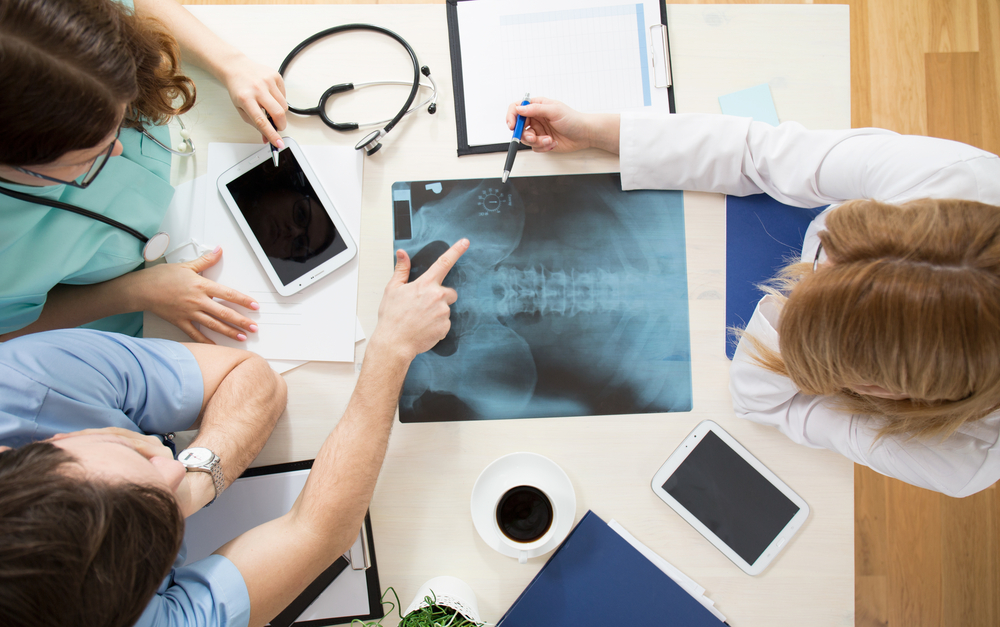There are three kinds of hip fractures, depending on its location.
Intracapsular Fracture
These fractures happen at the level of the neck and the head of the femur, and are inside the capsule. The capsule is the delicate tissue envelope that contains the lubricating liquid of the hip joint itself.
Intertrochanteric Fracture
This fracture is present between the neck of the femur and the lesser trochanter. The lesser trochanter is a connection point for one of the significant muscles of the hip.
Subtrochanteric Fracture
This fracture happens underneath the lesser trochanter, in an area that is between the lesser trochanter and an area roughly 2 1/2 inches beneath .
Symptoms are listed below:
The patient with a hip fracture will have pain over the external upper thigh or in the crotch. There will be discomfort with any effort to flex or rotate the hip.
When the bone has been made weak by disease, the patient may have pain in the crotch or thigh region before the fracture. If the bone is totally broken, the leg may be shorter than the non injured leg. The patient will frequently hold the harmed leg in a still position with the foot and knee turned outward.


